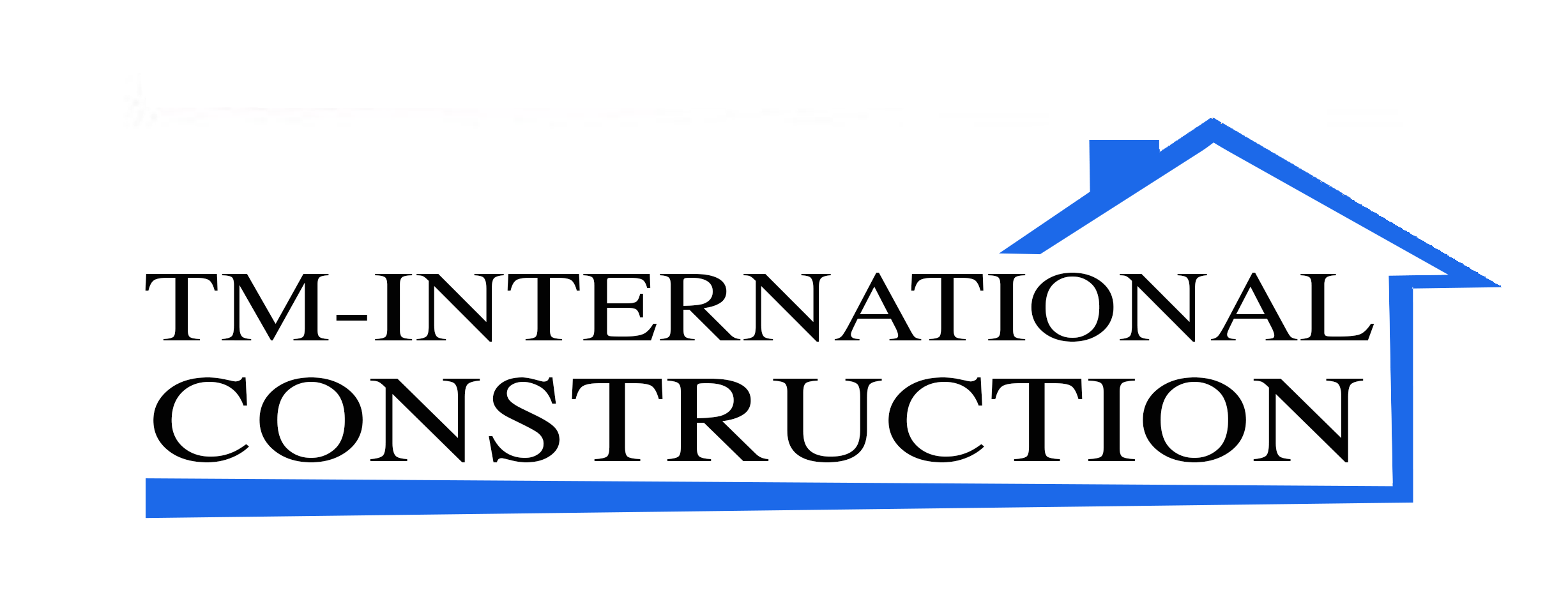Expanding Your Space: A Guide to Home Additions
Your home is not just a place to live; it's an evolving space that should adapt to your changing needs and lifestyle. Sometimes, as your family grows or your interests shift, you might find that your existing living space is no longer sufficient. This is where home additions come into play. Home additions can be a practical and exciting way to enhance your living space and tailor it to your specific requirements. In this blog, we'll explore the various aspects of home additions, from planning to execution, and highlight the benefits of expanding your living space.
Section 1: The Decision to Add On
- Assessing Your Needs: Start by assessing your needs. Do you need extra bedrooms, a larger kitchen, a home office, or perhaps a spacious living area for entertaining? Identifying your needs will be the foundation of your home addition project.
- Budget Considerations: Determine your budget. Home additions can vary greatly in cost depending on their size and complexity. It's crucial to establish a realistic budget and stick to it as closely as possible.
- Zoning and Regulations: Research local zoning regulations and building codes in your area. These regulations may dictate the size, style, and location of your addition. It's essential to understand the legal requirements and obtain the necessary permits.
Section 2: Design and Planning
- Architectural Design: Work with an architect or designer to create a design that complements your existing home while meeting your specific needs. A well-designed addition will seamlessly integrate with your home's aesthetic.
- Layout and Flow: Consider how the addition will affect the flow and layout of your existing space. Ensure that the transition between the old and new areas feels natural and functional.
- Materials and Finishes: Choose materials and finishes that harmonize with your existing home's style. This can include siding, roofing, windows, and interior finishes.
Section 3: Hiring the Right Professionals
- Contractor Selection: Carefully select a licensed and experienced contractor for your project. Ask for references, check their portfolio, and verify their insurance and licenses.
- Project Management: Consider hiring a project manager to oversee the construction. They can ensure that the project stays on track and within budget.
Section 4: Construction and Execution
- Living Arrangements: Plan for your living arrangements during the construction phase. Depending on the size and duration of the project, you might need to temporarily relocate or make alternative living arrangements.
- Timelines: Be prepared for construction delays, weather-related issues, or unforeseen challenges that may extend the timeline. Flexibility and patience are crucial during this phase.
- Quality Control: Regularly inspect the work being done to ensure it meets your expectations and adheres to the design and structural plans.
Section 5: Completion and Post-Addition Considerations
- Final Inspection: Before moving into your new addition, schedule a final inspection to ensure it meets all building codes and regulations.
- Interior Design: Decorate and furnish your new space to match your style and preferences. This is the exciting part where you bring your vision to life.
- Landscaping and Outdoor Spaces: Don't forget to address the exterior. Landscaping and outdoor areas should be integrated with your new addition to create a cohesive look and feel.
Conclusion
A home addition can be a transformative and rewarding project, allowing you to expand your living space and enhance your quality of life. By carefully planning, selecting the right professionals, and maintaining open communication throughout the process, you can successfully navigate the journey of adding to your home. With a well-executed home addition, your house can grow with your changing needs, providing comfort, functionality, and a renewed sense of pride in your home.
